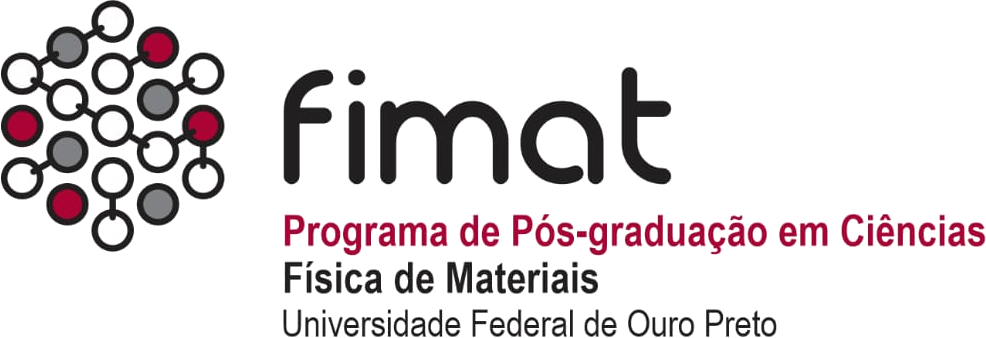Citation:
Arthur B.S. de Santos, Alex M. Manfredi, Cristian A. M. Salla, Giliandro Farias, Edivandro Girotto, Juliana Eccher, Eduard Westphal, Sergio F. Curcio, Thiago Cazati, Ivani Malvestiti, Eduardo H.L. Falcão, Ivan H. Bechtold, and Hugo Gallardo. 2020. “
Highly luminescent liquid crystals by connecting 1,3,4-oxadiazole with thiazolo[5,4-d]thiazole units.” Journal of Molecular Liquids, Pp. 114887.
Abstract:
The direct bonding between a thiazolo[5,4-d]thiazole and two 1,3,4-oxadiazole units allowed us to create a new and versatile rigid core for luminescent liquid crystal, which showed interesting and variable mesomorphic and photophysical properties. From the 5-bis(5-phenyl-1,3,4-oxadiazol-2-yl)thiazolo[5,4-d]thiazole new core, three molecules with different number of alkoxy chains were synthesized and had their properties correlated with the molecular structure. The molecule with two chains showed a smectic C mesophase, while the mesogens with four and six chains presented hexagonal columnar mesomorphism, which was confirmed by POM and XRD measurements. In addition, the molecule with six chains presented liquid crystalline behavior close to room temperature. In solution, the molecules presented strong photoluminescence ranging from blue to yellow, with quantum yields higher than 0.6. Excited state lifetimes allowed to correlate the fluorescence component associated to the different emitting species to the molecular organization in spin coated films. The molecular energy levels, together with thermal stability and possible charge carrier transport due to molecular packing, suggest that these molecules are promising for optoelectronic applications. Overall, this work contributes to the development of the use of thiazolo[5,4-d]thiazole in liquid crystals, demonstrating its great efficiency and versatility.